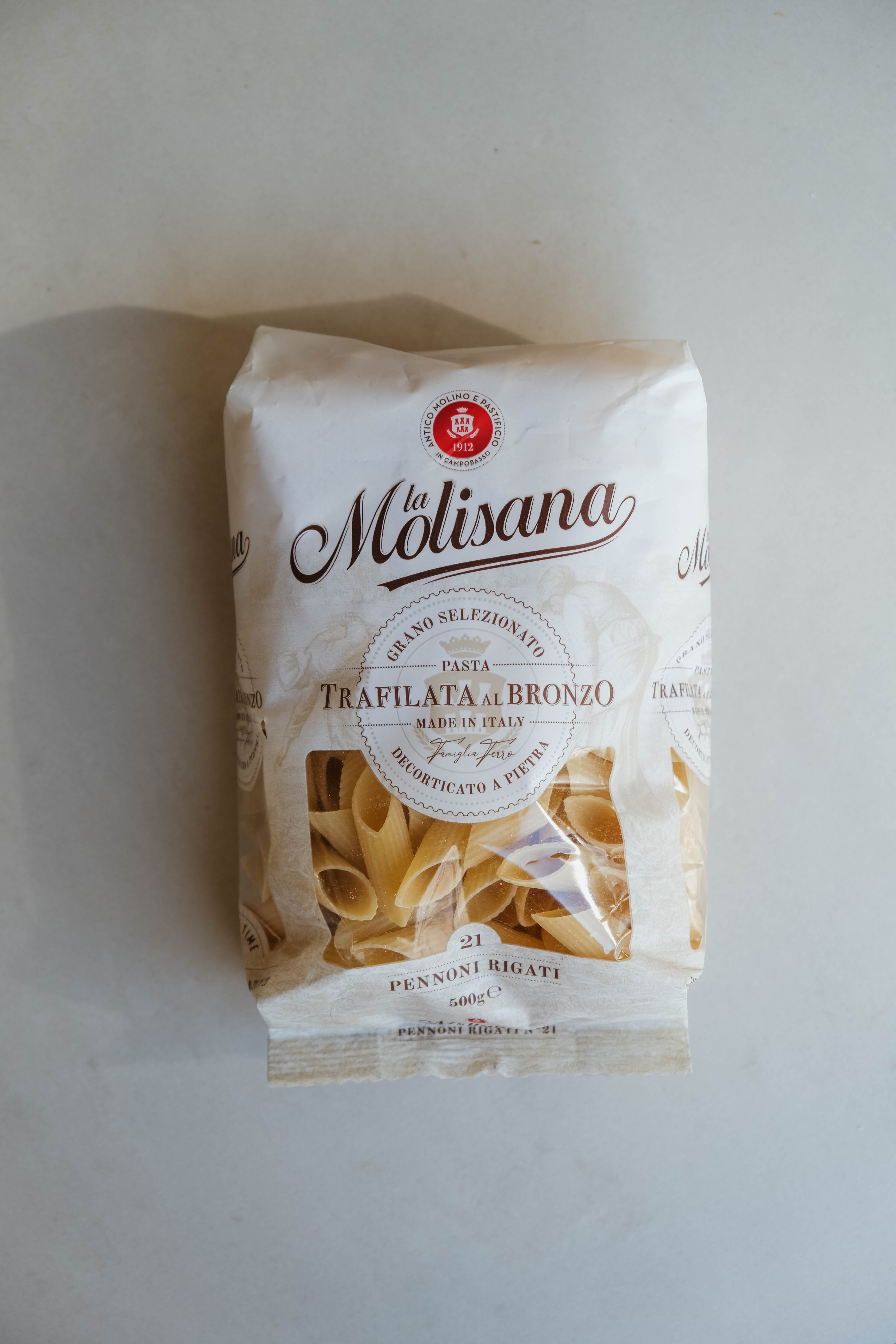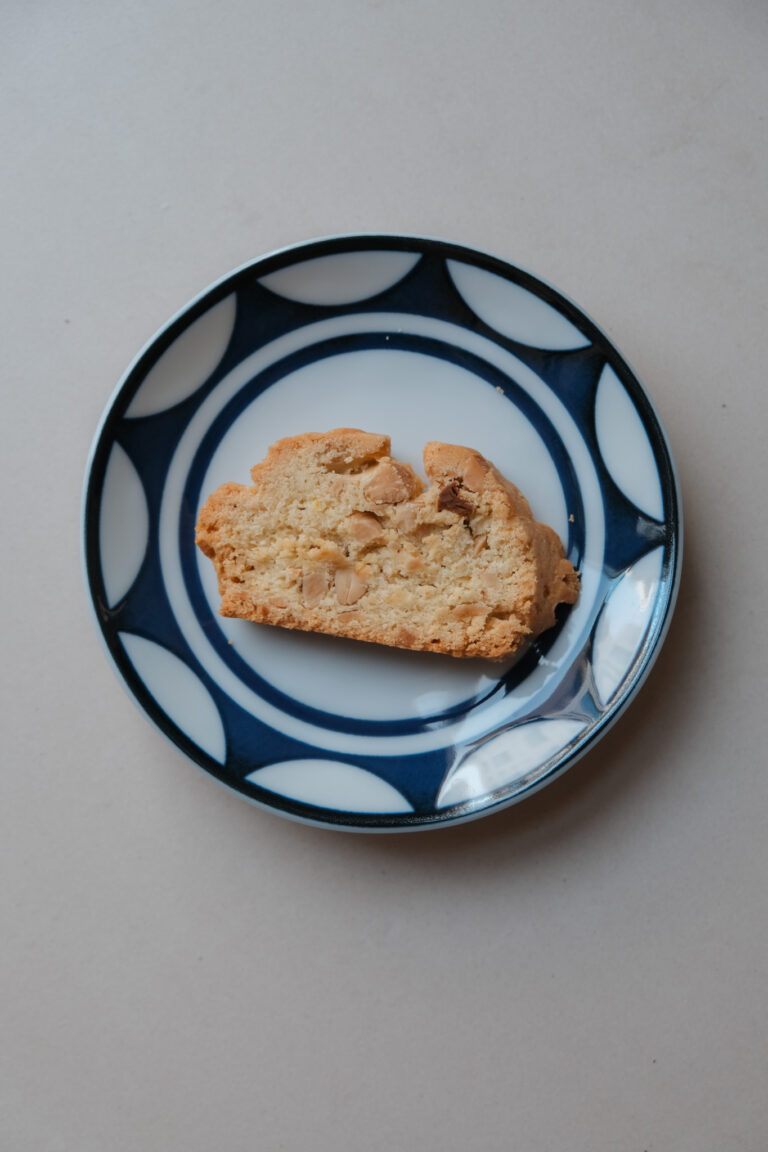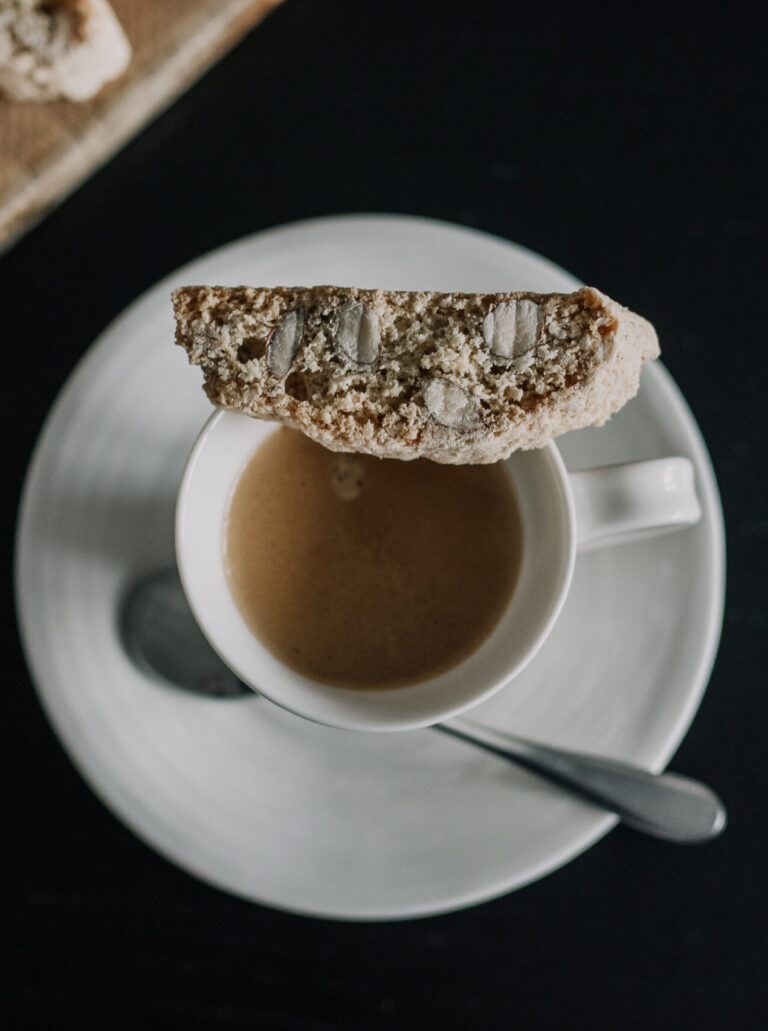This Might Be the Best Pesto You’ll Ever Make

Welcome to the twentieth instalment of my series where I test out recipes from an obscure 1990s Italian cookbook. This time, I tried another dish from the ‘Sauces for Pasta’ section: Pesto.

I was today years old when I discovered the proper way to make pesto – with a pestle and mortar. I’m embarrassed to admit that I always dismissed this method, thinking a blender could give an identical result but without the effort and time required.

To be fair, the book also recommends using a blender but I thought that since I’m finally going to be writing about my favourite condiment of all time, I should probably do it some justice and give the traditional method a go.



And I’m glad I did – this pesto is easily the best I’ve ever made. Smooth and creamy, perfect in colour, texture, and taste, there wasn’t a single pine nut or stem of basil left astray.

Using a pestle and mortar allows you so much more control over the ingredients, giving you a result which a blender just cannot replicate, no matter how modern or smart it is.




Returning to the book’s recipe, I knew from the get-go that I would be adjusting it before even looking at the ingredients. Pesto is always something I eyeball, depending on the amount of basil and pine nuts I have to hand and adjusting as I go.


I’ve also always been guilty of shoving everything together at once and hoping for the best, but the order that you mix the ingredients matters hugely. I crushed the garlic and salt first, then the basil, and then the pine nuts, before adding the parmesan and olive oil. And so, I was encouraged to actually think about the quantities and how I was combining them and it made a huge difference to the texture and taste!


Additional Changes
- I used a bit less garlic – just 1 small clove worked perfectly.
- The recipe didn’t specify the type of oil, but it of course has to be olive. I would, however, definitely recommend using a lighter variety as extra virgin can have quite a bitter taste.
- I loved the book’s idea of toasting the pine nuts first, but not in the oil – I just cooked them dry for a few minutes.



Though this recipe was by no means perfect, it forced me to take a step back and reevaluate my pesto-making methods, once again providing its own form of inspiration and learning experience.
BOOK RECIPE RATING: 7/10
So, I hope I’ve convinced you to also try making pesto with a pestle and mortar, following my revised recipe below. If you’re one of the wise ones who has already been using a pestle and mortar, I applaud you!
Pesto
Ingredients
- 20 g pine nuts
- 1 small garlic clove
- Salt and pepper to season
- 15 g basil leaves [see notes]
- 25 ml light olive oil [see notes]
- 10 g parmesan grated
Instructions
- Toast the pine nuts in a frying pan over a medium heat for about 5 minutes or until golden brown. Set aside to cool.
- Using a mortar and pestle, crush the garlic and a good seasoning of salt and pepper into a dry paste. Add the basil and grind again until smooth. Add in the toasted pine nuts and crush again until fine and creamy[see photos].
- Add the parmesan and oil, and combine again. You should be left with smooth, bright green sauce, loosened slightly with the olive oil [see photo]. Give it a taste and adjust accordingly with salt and pepper.
- I could provide endless serving suggestions here, but the classic one would have to be pesto pasta [see photos]. If you want to try something a bit different, however, you can drizzle it over some polenta from the previous instalment.
Notes
- Make sure the basil is really fresh – wilted or browning basil affects the flavour and look of the pesto. If you can, I would recommend buying the potted variety at the supermarket – you can tend to the plant and continue harvesting so you’ll never have to buy again!
- A lighter variety of olive oil is best as extra virgin can be a bit bitter.
- 25ml of oil is an estimate – pour it in gradually until you’re happy with the texture [see photos for reference].
- Using a pestle and mortar is certainly more of a workout for the arms but trust me when I say it’s totally worth it. If you are pushed for time, you can use a food processor, but the result might not be as smooth and creamy.
I always love hearing from readers, so if you have any questions or would simply like to connect, fill out the form on my contact page or message me through my social media accounts:





Great recipe!